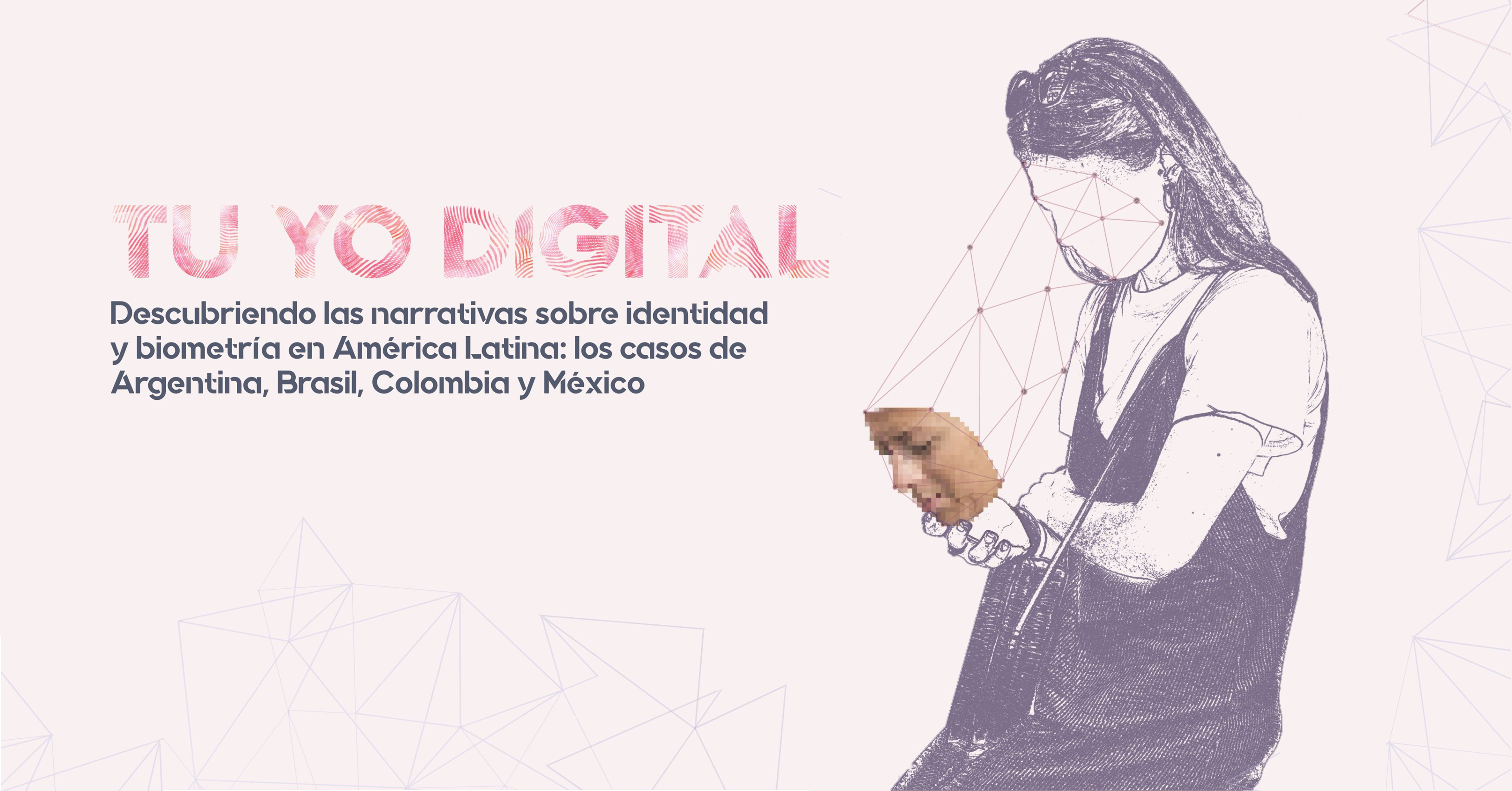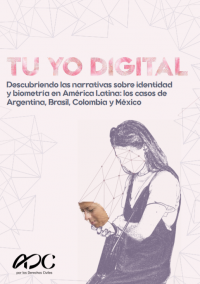
Identity and biometry in Latin America: a comparative study
Whether it is obtaining a voter ID or making a withdrawal from an ATM, the request for your fingerprint is there. The growing use of collection and analysis of biometric data to identify individuals is a fact shared by many countries in Latin America, under the State’s promotion through normative frameworks and public policies.
On this topic, the Argentinian organization Asociación por los Derechos Civiles released the report Tu yo digital: Descubriendo las narrativas sobre identidad y biometría en América Latina, with testimonies from cases in Argentina, Brazil, Colombia and Mexico about the implementation of biometric technologies. InternetLab wrote about the Brazilian normative framework and identity and biometry in the country.
“Through the study of normative frameworks and public policies, we can assess the impact that biometric technology has in the exercise of rights,” says the report. “This impact is present both at the individual side of rights, as well as in privacy and freedom of speech, reunion and association, and the collective rights, such as health, education, and social security.”
The work developed by the ADC considers the different contexts of the evaluated countries and lists three final recommendations for the State’s actions:
- When finding technological solutions for solving problems in the public security area, States should always opt first for measures that are less invasive and limiting to fundamental rights.
- The State should assess the impact of biometric technologies and systems aiming to know beforehand their risks to rights such as privacy, freedom of speech, and reunion, for instance.
- Lastly, the risks offered to the security of biometric data by these technologies should be analyzed, and the best practices for the protection of information should be adopted, which includes periodic independent technical audits.
The report is available in full here.
